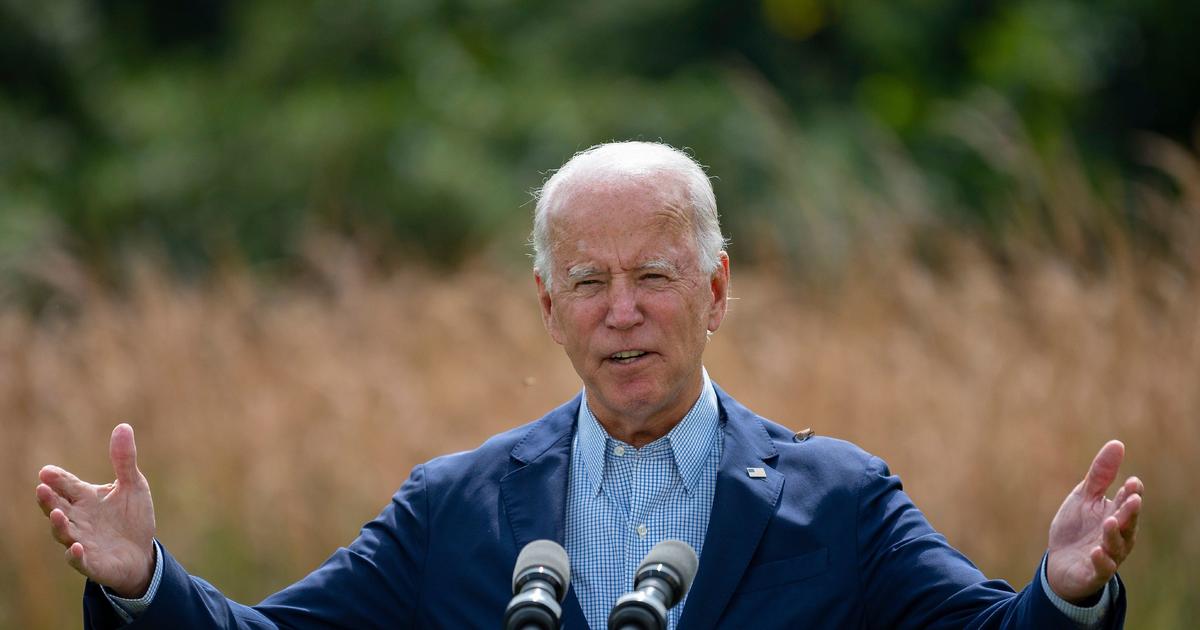
Federal agencies spell out their plans to help Americans cope with climate change
CBSN
More than 20 federal agencies released reports Thursday detailing the biggest implications of the changing climate for all Americans and the agencies themselves. The reports, stemming from a January executive order by President Biden, show how climate change will affect nearly every aspect of daily living and address how each agency is preparing to deal with the changes.
"By taking action now to better manage and mitigate climate risks, we will minimize disruptions to federal operations, assets and programs while creating safer working conditions for employees," the White House said Thursday.
In 2020, the United States experienced a record-breaking 22 natural disasters with at least $1 billion each in damages, according to the Department of Education.
